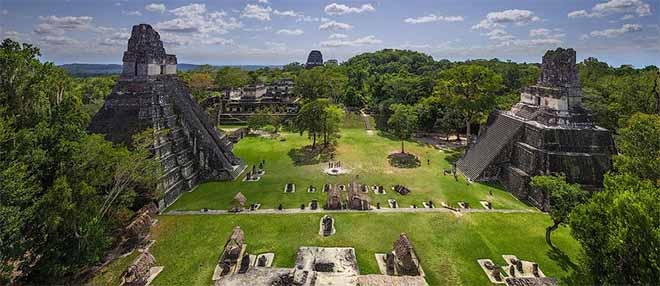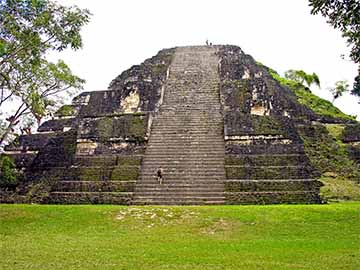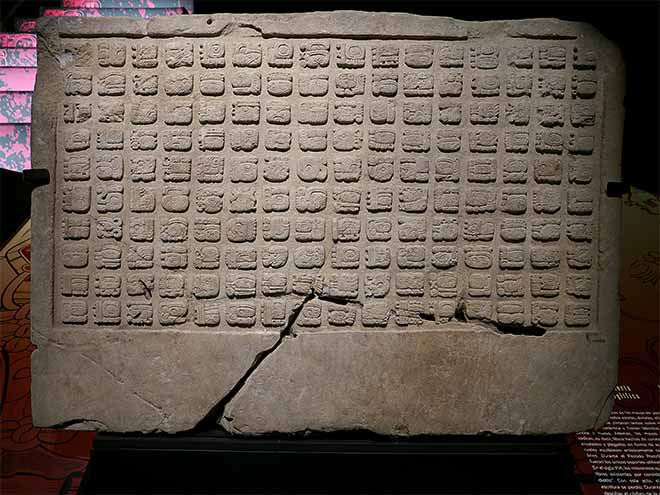Ancient Mayan City of Tikal Guatemala
Conquering Cancuen Palace

The lands of the Mayans stretch from the coast of Yucatan to those of Guatemala, from Tabasco to Honduras: a very large area in which one of the most fascinating and developed civilizations of pre-Columbian America has emerged. Tikal Guatemala, the oldest Mayan city and, in some aspects, the most enigmatic, is located about halfway between the Yucatan and the Pacific Ocean, in the heart of the region where this large population reached a very high degree of civilization.
Before the Maya, in the region where the site of Tikal is still today, a population had settled and lived in small huts, used terracotta, built stone utensils and also worked obsidian. After several centuries of practically static life, in the 2nd century AD, for some mysterious reason, this region began to transform into a religious center with large ceremonial pyramids. This change, certainly linked to the affirmation of the Mayan culture, made Tikal a center of worship which had nothing to envy to other more famous localities like Palenque, Piedras Negra, Yaxchilan, Uaxactun or Yaxha.
Tikal the dead city

The highest of the Tikal pyramids, which reaches 75 meters, was crowned with a whole series of similar constructions but of smaller dimensions: on the whole, the complex was presented as a grand structure - according to archaeologists, it is the largest city in Mayan culture - founded on a complicated architectural and urbanist model. The most remarkable part consisted of the North Acropolis and the Great Plaza, designed before the year 250 of our era, as well as the Temple of the Great Jaguar. On the Great Plaza was the Lost World Pyramid, a radial construction of archaic origin characterized by ancient and gigantic masks.

In the acropolies were buried the kings of Tikal. Thanks to the in-depth and detailed analysis of the numerous archaeological discoveries, researchers have found the names of some of Tikal's sovereigns: among the most representative are Jaguar Paw, Lady of Tikal and Stormy Sky. Some of them belonged to dynasties which ruled for long years, bringing a notable prosperity to this mysterious city which, at the beginning of the 9th century, slowly began to decline. As if it had come out of nowhere, transforming the cabins of ordinary citizens into a sacred city of extraordinary dimensions, Tikal ends up experiencing the most total desolation. Many of its constructions fell into ruins and the image that presents itself today to observers is that of a dead city inhabited by ghosts.
Cancuen: Land of Snakes

In the rainforest surrounding the city of Tikal Guatemala, one of the largest Mayan palaces has been discovered in perfect condition: its name is Cancuen, which means “Land of Snakes”. Archaeologists have discovered 170 rooms, distributed around courtyards, which make this complex a large and articulated structure which certainly fulfilled important functions. Just think that the whole is as big as the Acropolis of Tikal.
It is a structure devoid of any defensive element, located in a region of Guatemala where there are no other Mayan temples. The function of Cancuen therefore remains a mystery, hidden for a long time by the forest (which had created a clump so thick and impenetrable that the temple could not be cleared until after two weeks of hard work) and which, today, resurfaces with its mysterious puzzles not yet solved.









































































































































































































































































































































